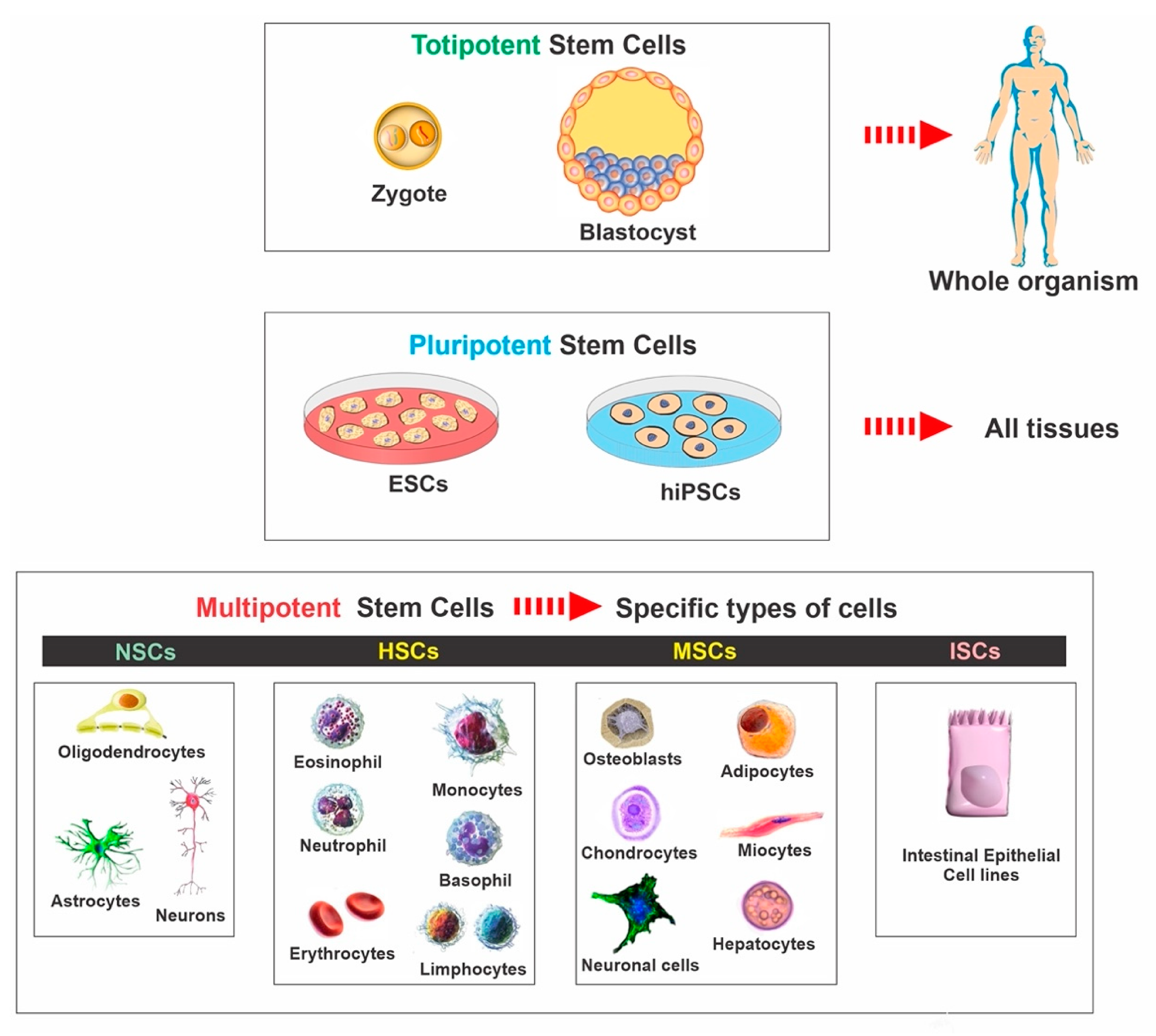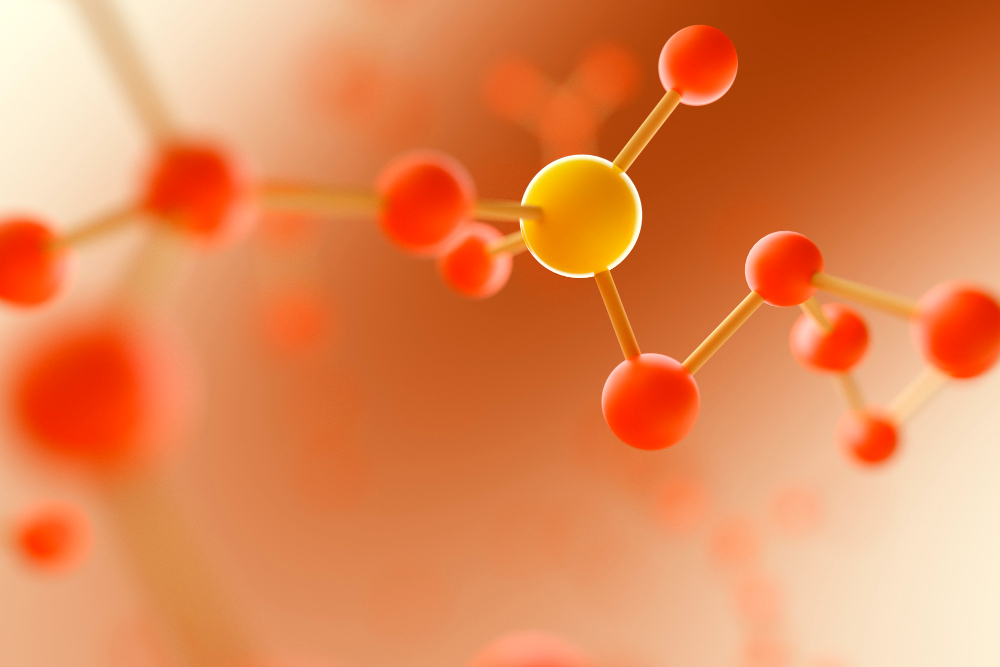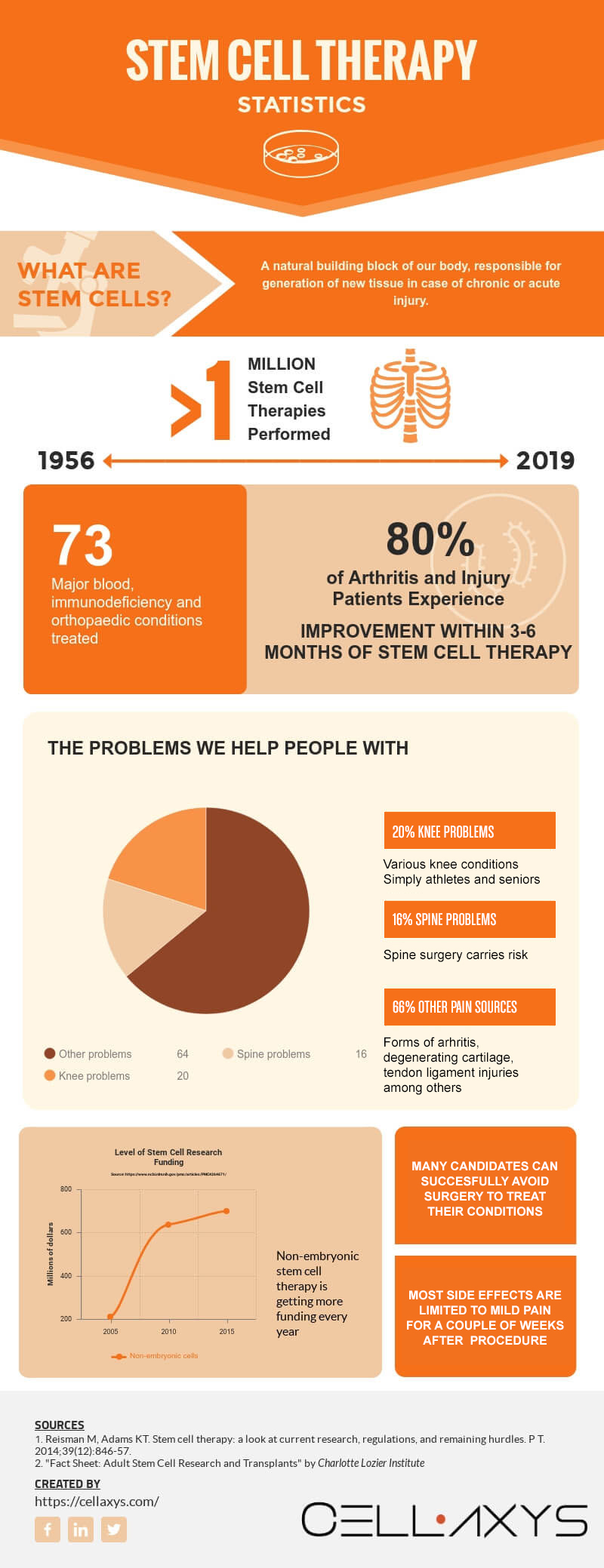Table of Contents

[/image][=video]
[/video]
Most sites used for bone marrow harvesting are situated in the hip bones and the sternum. In recovery, the contributor may experience some discomfort in the locations where the needle was put.

If an autologous transplant is intended, previously accumulated stem cells, from either peripheral (apheresis) or harvest, are counted, screened, and ready to infuse. The prep work for a bone marrow transplant vary relying on the sort of transplant, the illness needing transplant, and your tolerance for particular medications. Take into consideration the following: Frequently, high doses of chemotherapy and/or radiation are included in the prep work.
Ablative therapy avoids this procedure of cell production and the marrow comes to be empty. An empty marrow is required to make space for the new stem cells to grow and establish a new blood cell production system.
It is not a medical treatment to place the marrow into the bone, but is similar to receiving a blood transfusion. The stem cells discover their way into the bone marrow and begin recreating and expanding brand-new, healthy blood cells. After the transplant, encouraging treatment is provided to protect against and treat infections, negative effects of therapies, and issues.
Regenerative Therapy around Battle Creek
The days before transplant are counted as minus days. The day of transplant is considered day zero. Engraftment and healing adhering to the transplant are counted as plus days.
The days are numbered to assist the patient and household understand where they remain in terms of dangers and discharge planning. During mixture of bone marrow, the patient may experience the following: Discomfort Chills Fever Hives Upper body pain After mixture, the individual might: Invest numerous weeks in the health center Be really susceptible to infection Experience too much bleeding Need blood transfusions Be confined to a tidy environment Take several anti-biotics and various other medications Be provided medication to protect against graft-versus-host diseaseif the transplant was allogeneic.
Depending upon the type of transplant and the disease being treated, engraftment usually occurs around day +15 or +30. Blood counts will certainly be examined frequently during the days adhering to transplant to assess initiation and progress of engraftment. Platelets are usually the last blood cell to recover. Engraftment can be postponed because of infection, medications, low given away stem cell count, or graft failing.
Bacterial infections are one of the most usual. Viral and fungal infections can be life-threatening. Any infection can create a prolonged health center stay, avoid or delay engraftment, and/or cause irreversible organ damages. Prescription antibiotics, antifungal medications, and antiviral medicines are frequently provided to try to stop serious infection in the immunosuppressed individual. Thrombocytopenia (low platelets) and anemia (low red blood cells), as a result of a nonfunctioning bone marrow, can be hazardous and even lethal.
Pain relevant to mouth sores and gastrointestinal (GI) irritation prevails. High dosages of radiation treatment and radiation can cause serious mucositis (inflammation of the mouth and GI tract). Fluid overload is a complication that can bring about pneumonia, liver damages, and hypertension. The major factor for fluid overload is because the kidneys can not stay on par with the big amount of fluid being given in the type of intravenous (IV) medicines, nourishment, and blood products.
Stem Cell Therapy local to Battle Creek, Michigan

Respiratory system condition is an essential function that may be compromised during transplant. Infection, inflammation of the respiratory tract, fluid overload, graft-versus-host condition, and blood loss are all possible serious complications that might occur in the lungs and lung system. The liver and heart are necessary organs that might be damaged throughout the transplantation process.
Failing of the graft (transplant) taking hold in the marrow is a possible issue. Graft failing may happen as a result of infection, recurrent disease, or if the stem cell count of the contributed marrow was inadequate to create engraftment. Graft-versus-host illness (GVHD) can be a serious and dangerous issue of a bone marrow transplant.
In contrast to a body organ transplant where the patient's immune system will certainly attempt to deny only the hair transplanted body organ, in GVHD the new or transplanted body immune system can assault the whole person and all of his or her body organs. This is since the brand-new cells do not recognize the tissues and body organs of the recipient's body as self.

One of the most common sites for GVHD are GI tract, liver, skin, and lungs. Diagnosis substantially relies on the following: Kind of transplant Type and level of the disease being treated Disease action to treatment Genes Your age and general health Your tolerance of details medications, treatments, or therapies Seriousness of issues Just like any procedure, in bone marrow transplant the diagnosis and long-lasting survival can differ greatly from person to individual.
Hormone Therapy around Battle Creek, Michigan
Constant follow-up care is crucial for the person complying with a bone marrow transplant. New techniques to enhance therapy and to reduce problems and side impacts of a bone marrow transplant are consistently being found.
Accessed June 5, 2017. The hope is to recover broken tissue that will certainly not appropriately recover on its very own. Regenerative medicine therapies can be divided right into 3 categories: facilitate recovery by injecting or positioning real-time cells right into the client. Examples of cellular therapy consist of PRP and stem cell treatments, which can be used to deal with tendinopathy and other sporting activities injuries.
Phys Medication Rehabil Clin N Am. 2014; 25( 4 ):881 -95. As time passes, individual medical professionals discover and share information, enhancing the application of these treatments. See Are PRP Shots Effective?Until extra is recognized, regenerative medicine treatments are ruled out standard method and insurance plans usually do not cover them. Many individuals are prepared to pay out-of-pocket. is advancing promptly with advancementsin stem cells, genetics therapy, and tissue engineering. This post explores these cutting-edge methods, highlighting their transformative possibility for cells and body organ repair work. are positioned to reinvent clinical treatments and enhance client outcomes. Cell regeneration, the procedure of bring back shed cells to recoup regular function, varies throughout different tissues and body organs. In Drosophila larval wing discs, cells immune to apoptosis aid tissue regeneration. Mouse digit tip regeneration is moderated by the blastema, including different progenitor cells, as highlighted in this research.: The diversity of cells within a cells can impact regrowth. Peripheral nerves, for instance, consist of Schwann cells, nerve fibroblasts, and immune cells, each contributing in nerve regeneration, as reviewed here. These aspects communicate dynamically, making cell regrowth a complex procedure that differs based on the certain cells or organ. Cell regeneration plays an important duty in keeping the body's general health and wellnessand well-being. It is in charge of repairing and changing damaged or aging cells, guaranteeing the proper performance of organs and tissues. Efficient cell regrowth treatment can significantly influence the treatment of different clinical conditions, consisting of degenerative illness, injuries, and also the aging procedure. Numerous significant turning points have noted the progression of cell regrowth study. In the late 18th century , Italian biologist Lazzaro Spallanzani conducted pioneering experiments on the regrowth of amphibian arm or legs, offering proof for the regenerative capacity of particular microorganisms. In the 20th century, the discovery of stem cells by Canadian researchers Ernest McCulloch and James Till revolutionized the area. Harold E. Varmus, that played an essential duty in elucidating the genetic basis of cancer, and Dr. Michael S. Brown and Dr. Joseph L. Goldstein, who uncovered the function of low-density lipoprotein (LDL) receptors in cholesterol metabolism. Stem cell treatment is one of one of the most extensively investigated and encouraging branches of cell regeneration therapy. This irritant causes a localized swelling response, which motivates the launch of development elements and the recruitment of regenerative cells. Gradually, the regenerative cells promote the repair and regrowth of damaged tissues, supplying relief to individuals experiencing from chronic musculoskeletal discomfort or joint instability. Cartilage regrowth treatment concentrates on recovering damaged or degenerated cartilage material, which plays a critical duty in joint function and mobility. Some cells, such as epithelial cells in the skin or the cellular lining of the gastrointestinal system, have a high turn over price and can regenerate quickly. In comparison, cells in the main nerve system, such as neurons, have limited regenerative capacity. This difference is mostly due to the intricacy of the tissue, the visibility of repressive aspects, and the mobile environment. Cell regrowth treatment provides encouraging options for accelerating wound healing and dealing with various injuries.
Navigation
Latest Posts
Hormone Therapy
Menopause Treatment
Menopause Treatment servicing Battle Creek